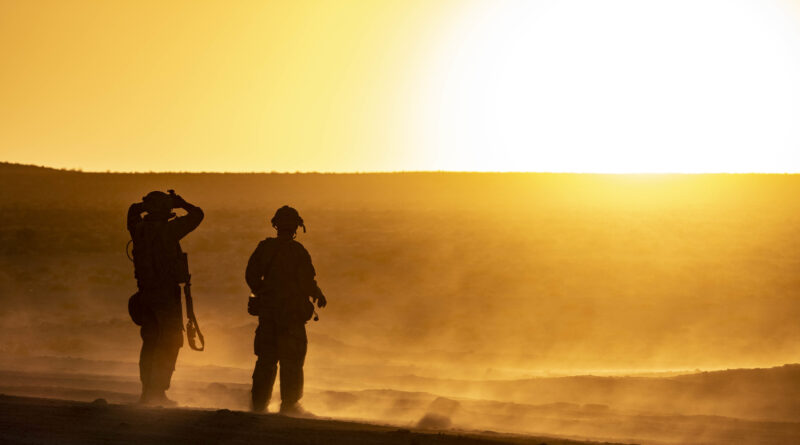The Climate Change Threat to America’s Military
On Memorial Day, we honor the brave men and women who have sacrificed their lives in service to our country. While we take this time to honor their memories, it’s also a time to reflect on what we can do to truly support those soldiers who put their lives on the line for freedom.
In paying tribute to the valor and heroism of our Armed Forces, we need to address one of the greatest threat multipliers facing our military today: climate change.
In 2007, a report issued by the Center for Naval Analysis (presently named CNA National Security Analysis) detailed the myriad ways that climate change poses a threat to our national security, not just here at home but in the many places abroad where our brave men and women are stationed. Rising seas threaten naval bases (none more so than Naval Station Norfolk, the headquarters and home port of the U.S. Navy’s Fleet Forces Command). In fact, the majority of critical U.S. military infrastructure is vulnerable to environmental impacts like flooding, desertification and extreme heat.
But it’s not just impacts at home that put us at risk. Droughts and wildfires cause natural resource scarcities in already volatile parts of the world. As global peacekeepers, we are caught in the middle.
There is no better time to have a discussion of ways to fortify against climate threats than Memorial weekend.
There are real, base-upgrading measures we can take, like improving flood defenses and drainage systems and constructing facilities that can withstand extreme weather conditions. Investing in such infrastructure not only protects people and valuable infrastructure assets but also ensures that bases remain operational during and after extreme weather events.
Heat waves are also endangering troop training and readiness, forcing an adaptation of protocols, for example shifting schedules, utilizing indoor/virtual training centers, and providing cooling stations and wearable monitoring tech.
But most of all, climate change is, as CNA called it in that 2007 report, acting as a “threat multiplier,” exacerbating conflicts and humanitarian crises around the globe that require military deployments and intervention. Droughts, famines, mass migration events, and resource shortages are destabilizing regions and fueling extremist groups that our men and women in uniform are being sent to confront. The 2014 Pentagon’s Quadrennial Defense Review described “climate change as a threat multiplier that will enable terrorist activity and other forms of violence.” This is a report written by military officers and Pentagon officials who understand that we ignore climate change at our own peril.
Our Armed Forces make immense sacrifices to protect our freedoms. Protecting the environment protects those protecting us. Committing to addressing climate change is a meaningful way to honor their dedication and sacrifices, surpassing the significance of any Memorial Day parade or BBQ. After all, these brave men and women deserve nothing less.
Originally written for and published on RealClear Energy

